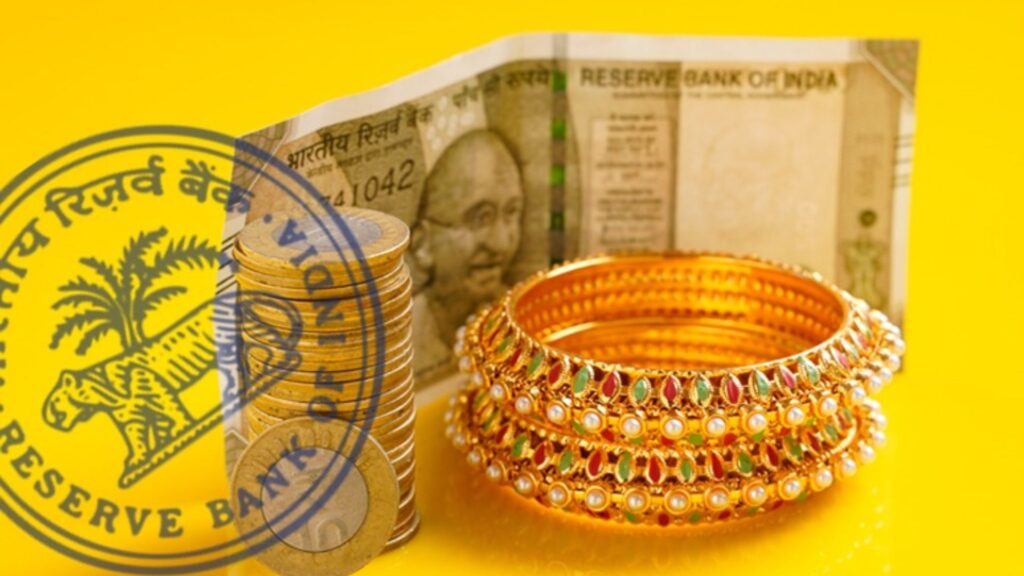
In India, where gold holds deep cultural significance and remains a symbol of wealth and security, gold loans have emerged as a popular source of quick credit. This financial tool allows individuals to borrow money by pledging their gold jewellery or coins, offering immediate liquidity without having to part with their treasured possessions.
Understanding Gold Loans
A gold loan is a type of secured loan provided by banks and non-banking financial companies (NBFCs). Borrowers deposit gold items—typically jewellery or coins between 18 to 24 carats—in exchange for a loan, the amount of which is determined based on the market value of the gold and capped by a Loan-to-Value (LTV) ratio of 75%. Once the principal and interest are fully repaid, the gold is returned to the borrower in its original condition.
How the Process Works
The process begins with the borrower submitting gold for evaluation. Lenders assess the gold’s purity and market value before disbursing the loan—often within minutes. Repayment options include equated monthly instalments (EMIs), bullet repayment, or paying only interest during the loan term with principal repayment at the end.
Why Gold Loans Are Gaining Traction
Gold loans have seen growing popularity across India for several reasons:
- Rapid disbursal, often within 10 minutes.
- No income proof requirement, as gold acts as collateral.
- Flexible tenures ranging from 3 to 36 months.
- Lower interest rates compared to unsecured personal loans.
- Minimal impact on credit score, unless there’s a repayment default.
RBI’s New Framework for Gold Loans
To safeguard consumer interest and bring greater uniformity to gold lending practices, the Reserve Bank of India (RBI) in April 2025 released draft guidelines aimed at strengthening transparency and accountability among lenders.
Key highlights include:
- Vaulting norms: All pledged gold must be stored in RBI-certified vaults to ensure security.
- Valuation and audit compliance: Standardised methods for gold valuation and mandatory third-party audits.
- Digital consent: Borrowers must digitally approve loan terms and purpose, ensuring informed borrowing.
- Loan disbursement norms: Cash disbursements are capped at ₹20,000, with higher amounts to be routed through banks.
- Term limits: Loan tenure may be capped to reduce the risk of indefinite rollovers.
- Mandatory disclosures: Lenders must clearly communicate interest rates, processing fees, and auction procedures in simple language.
- Auction oversight: Transparent rules to govern the sale of gold in case of borrower default.
- Insurance cover: Lenders are encouraged to insure the pledged gold against theft or loss.
- Strict LTV enforcement: LTV ratios must not exceed the 75% threshold to prevent borrowers from excessive leveraging.
Is a Gold Loan the Right Choice?
Gold loans remain a suitable option for individuals needing immediate funds for urgent needs such as business expenses, education, medical emergencies, or weddings. However, prospective borrowers are advised to:
- Compare interest rates and associated charges across lenders.
- Understand repayment obligations and select a convenient structure.
- Plan usage and timely repayment to avoid risking their valuable gold.
Gold loans offer a fast, secure, and relatively affordable way to access funds. With the RBI stepping in to standardise practices, borrowers can now expect more protection and transparency. As the sector evolves, gold loans are poised to become a more structured and accessible financial solution for millions across India.






